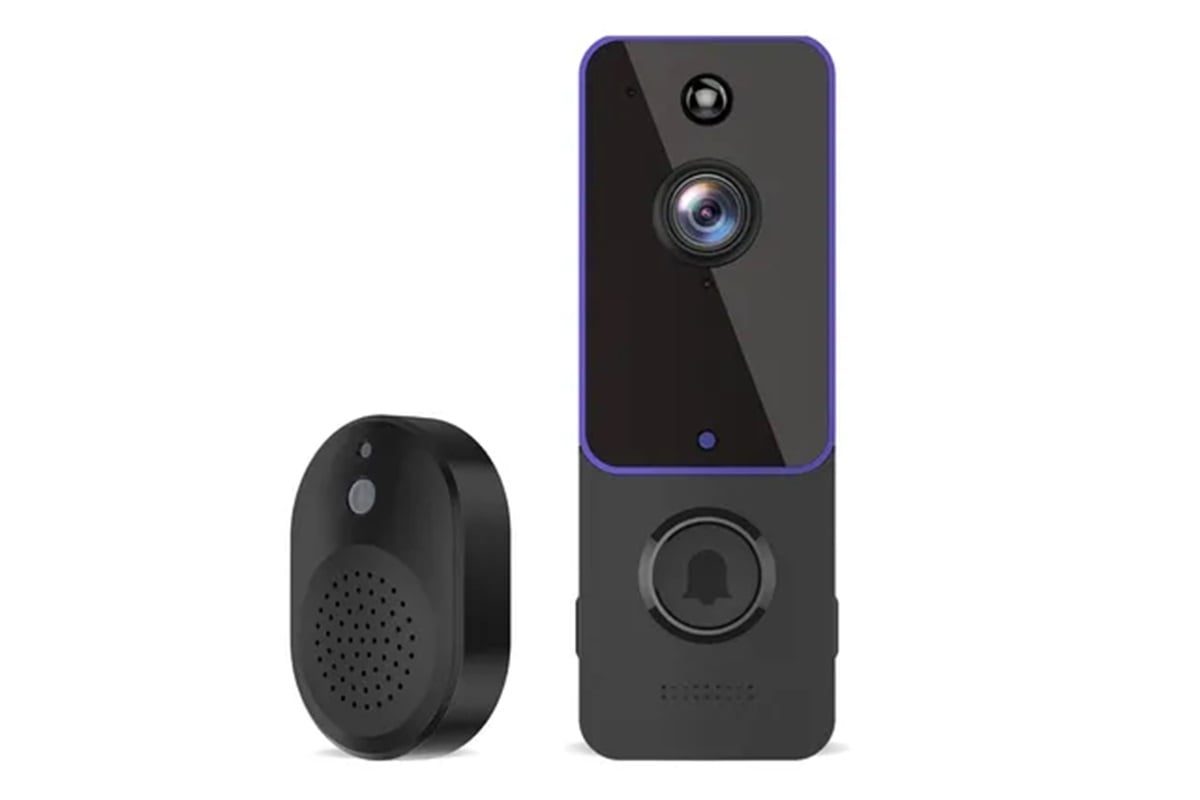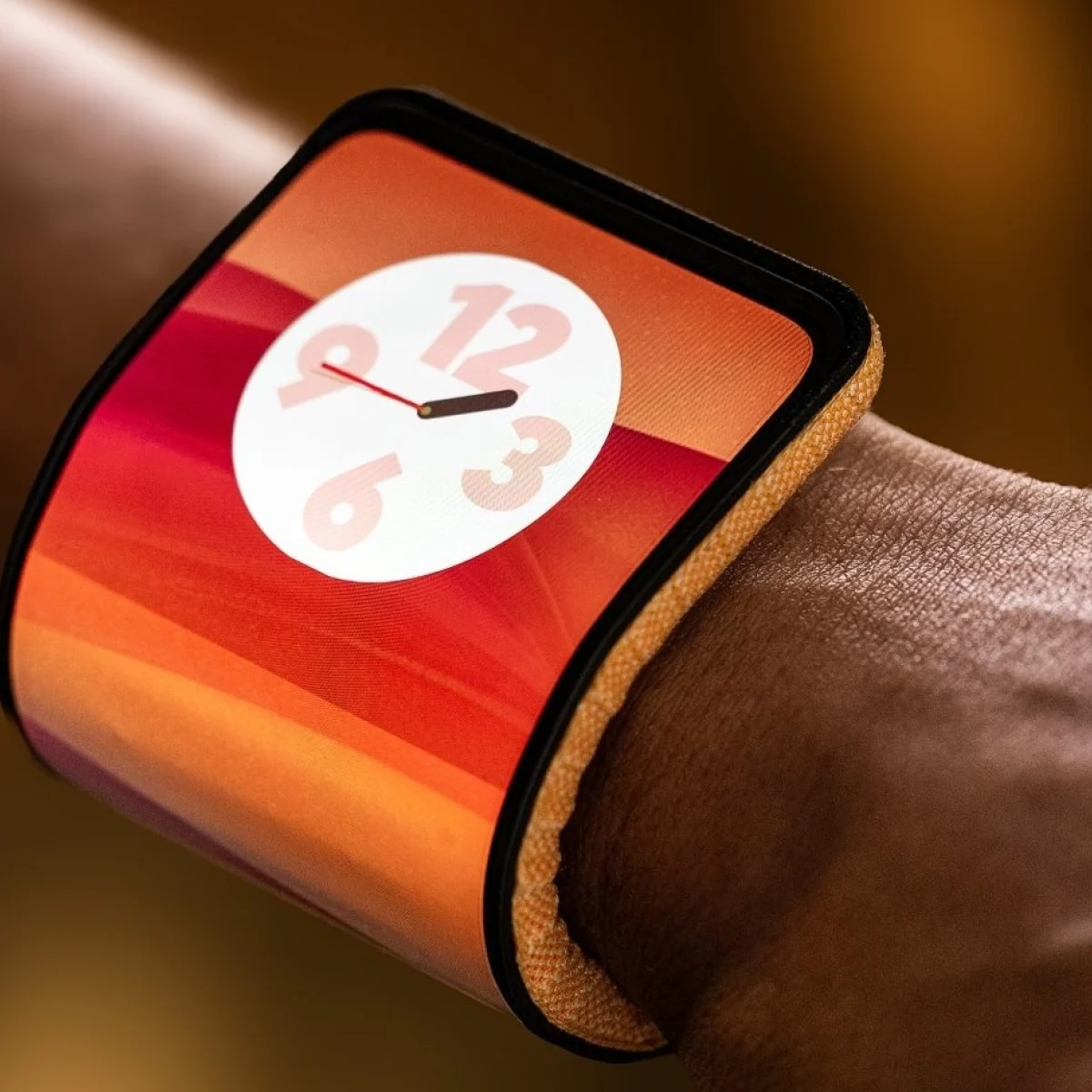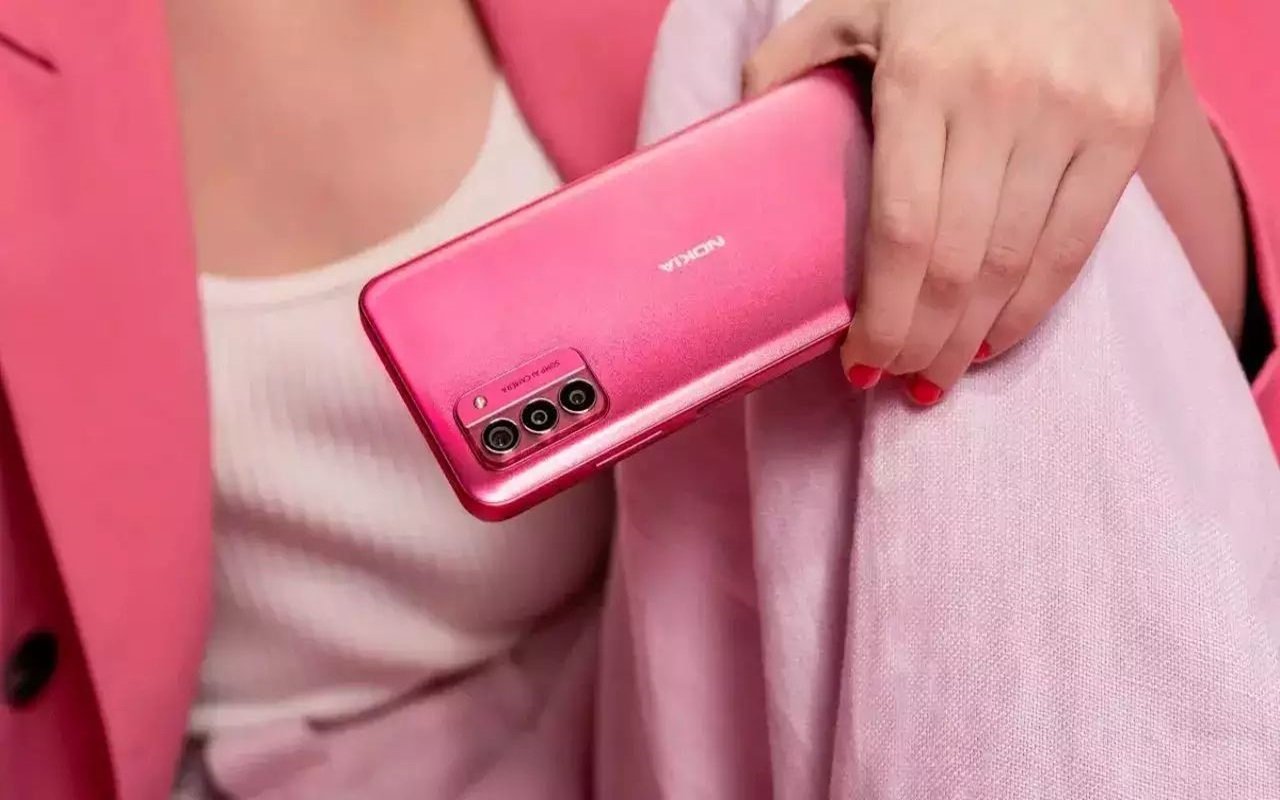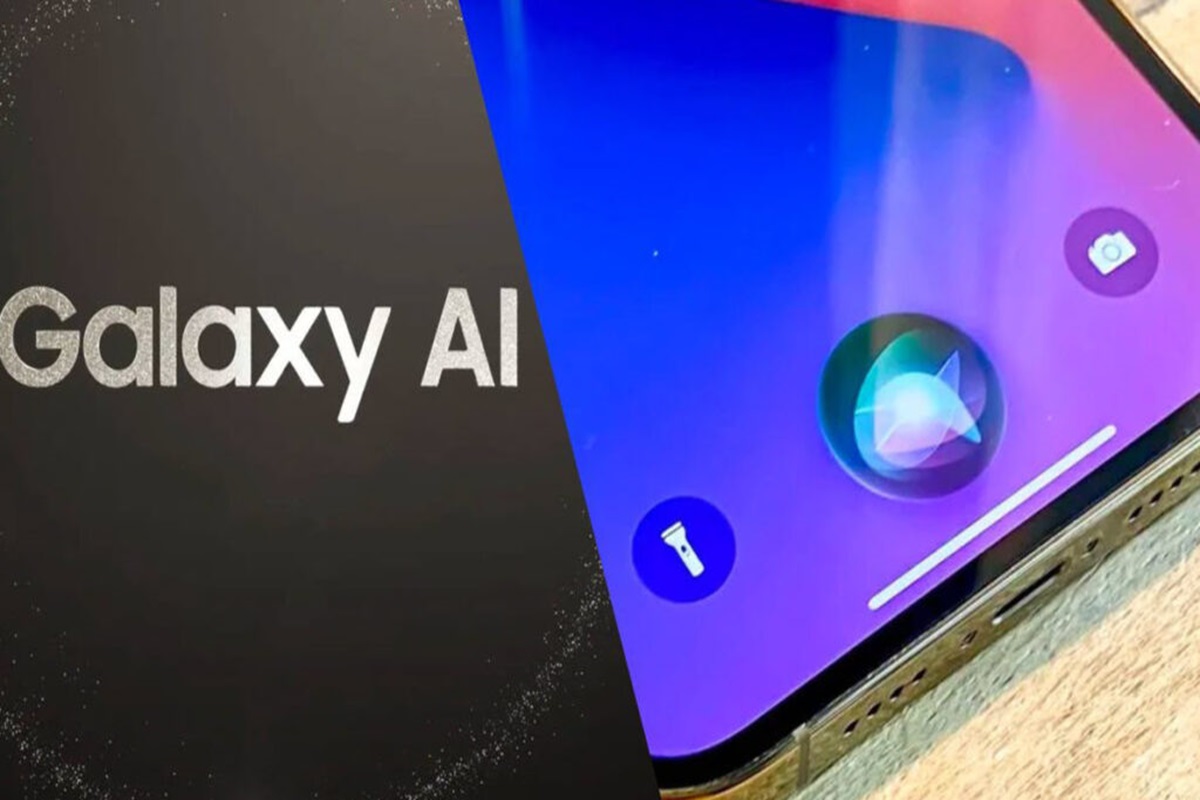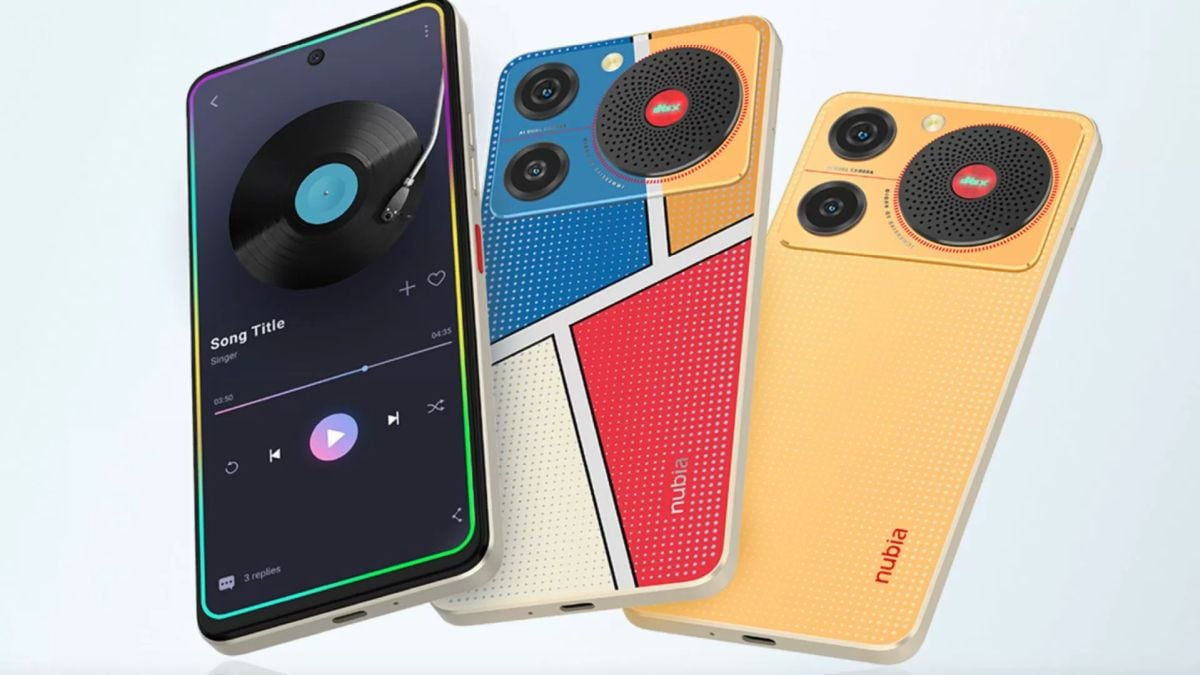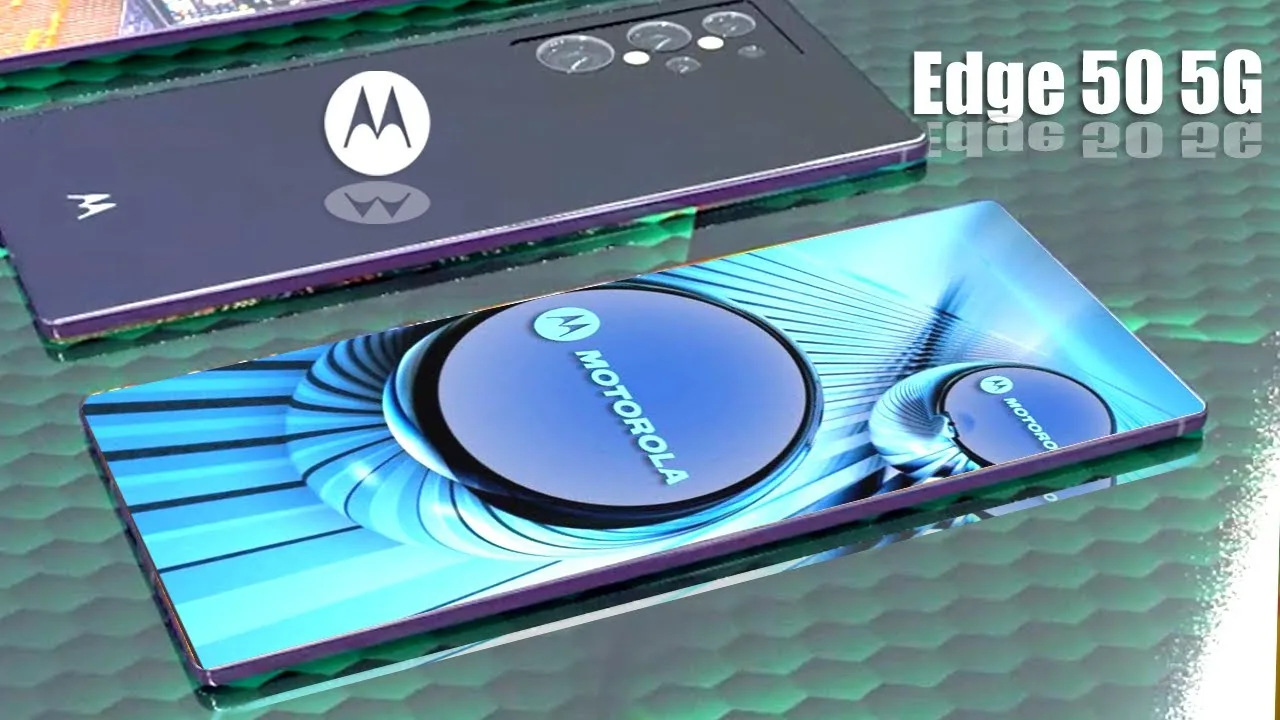Huawei’s upcoming P70 series is generating a lot of excitement among fans and tech enthusiasts. Expected to launch in late March, this new lineup promises to revolutionize mobile photography and design with its innovative features and unique look.
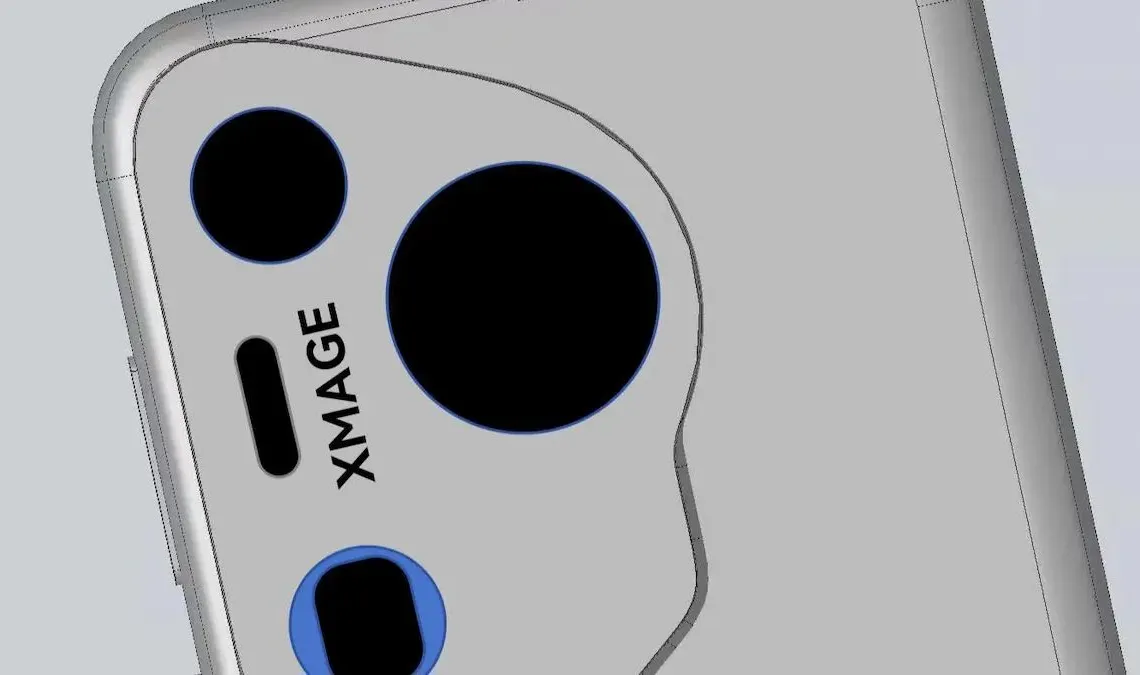
One of the standout features of the P70 series is its distinctive Camera Deco design, which sets it apart from previous Huawei models and other smartphones on the market. This design not only looks great but also enhances the functionality of the phone’s camera.
At the core of the P70 series is the powerful Kirin 9000S processor, ensuring fast performance and smooth multitasking. Paired with this processor is an upgraded camera system, including a new main camera, telephoto lens, and advanced satellite communication technology, promising exceptional imaging capabilities for users.
The P70 and P70 Pro models feature a triangular camera arrangement, giving them a futuristic appearance. Meanwhile, the P70 Art edition sports a unique island-shaped camera module, reminiscent of Huawei’s previous P60 Art release, showcasing the company’s commitment to innovative design.
Despite some concerns about the unconventional design of the P70 Art edition, insiders have praised its bold camera housing, adorned with camera specifications, highlighting Huawei’s dedication to pushing boundaries in smartphone design.
In terms of display, the P70 series impresses with screen sizes ranging from approximately 6.58 inches to 6.8 inches. These displays offer a resolution of 1.5K and support LTPO technology for dynamic refresh rate adjustment and reduced power consumption, ensuring an immersive viewing experience.
Additionally, Huawei has paid attention to detail by incorporating an equal depth four micro-curve design, enhancing the smoothness of the screen edges and overall visual appeal, showcasing the company’s commitment to craftsmanship and user experience.
In the photography department, the P70 series introduces a new camera module solution, featuring the OV50H variable aperture or IMX989 variable aperture, along with 50MP Ultra Wide-Angle and 50MP 4x Periscope Telephoto lenses, empowering users to capture stunning moments with clarity and precision.

